Most people know about solids, liquids, and gases as the three main states of matter. However, there is a fourth state of matter as well. Plasma, which is also known as ionized gas, is the most abundant, observable form of matter in our universe. It is found in our Sun and other celestial bodies.
Creating the hot mix of freely moving electrons and ions that compose a plasma often requires extreme pressures and/or temperatures. In these extreme conditions, researchers continue to discover the unexpected ways that a plasma can move and evolve.
By gaining a better understanding of the motion of plasma, scientists gain valuable insights into solar physics, astrophysics, and fusion.
In a report published in Physical Review Letters, researchers from the University of Rochester, along with colleagues at the University of California, San Diego, discovered a new class of plasma oscillations. These are back-and-forth, wave-like movements of electrons and ions. These findings have implications for improving the performance of miniature particle accelerators and reactors used to create fusion energy on earth.
John Palastro is a senior scientist at the Laboratory for Laser Energetics, an assistant professor in the Department of Mechanical Engineering, and an associate professor at the Institute of Optics. He said, “This new class of plasma oscillations can exhibit extraordinary features that open the door to innovative advancements in particle acceleration and fusion.”
One of the important properties that characterizes a plasma is its ability to support collective motion, with electrons and ions moving in unison.
These oscillations are similar to a rhythmic dance. In the same way as dancers respond to each other’s movements, the charged particles in a plasma interact and oscillate together, creating a coordinated motion.
The properties of these oscillations have previously been linked to the properties such as the temperature, density, or velocity of the plasma as a whole.
However, Palastro and his colleagues have determined a theoretical framework for plasma oscillations where the properties of the oscillations are completely independent of the plasma in which they exist.
Palastro says, “Imagine a quick pluck of a guitar string where the impulse propagates along the string at a speed determined by the string’s tension and diameter. We’ve found a way to ‘pluck’ a plasma, so that the waves move independently of the analogous tension and diameter.”
In their theoretical framework, the amplitude of the oscillations could be made to travel faster than the speed of light in a vacuum or stop completely, while the plasma itself travels in an entirely different direction. This research has a variety of promising applications. One of most important applications would be in helping to achieve clean-burning, commercial fusion energy.
Coauthor of the report, Alexey Arefiev, is a professor of mechanical and aerospace engineering at the University of California, San Diego. He says, “This new type of oscillation may have implications for fusion reactors, where mitigating plasma oscillations can facilitate the confinement required for high-efficiency fusion power generation.”
Dozens of companies world-wide are working on a variety of designs for fusion power reactors. Hopefully, the work of John Palastro and others will speed the development of fusion power.
Blog
-

Nuclear Fusion 66 – University Of Rochester Is Studying Plasma Oscillations
-
Nuclear News Roundup March 14, 2024
-
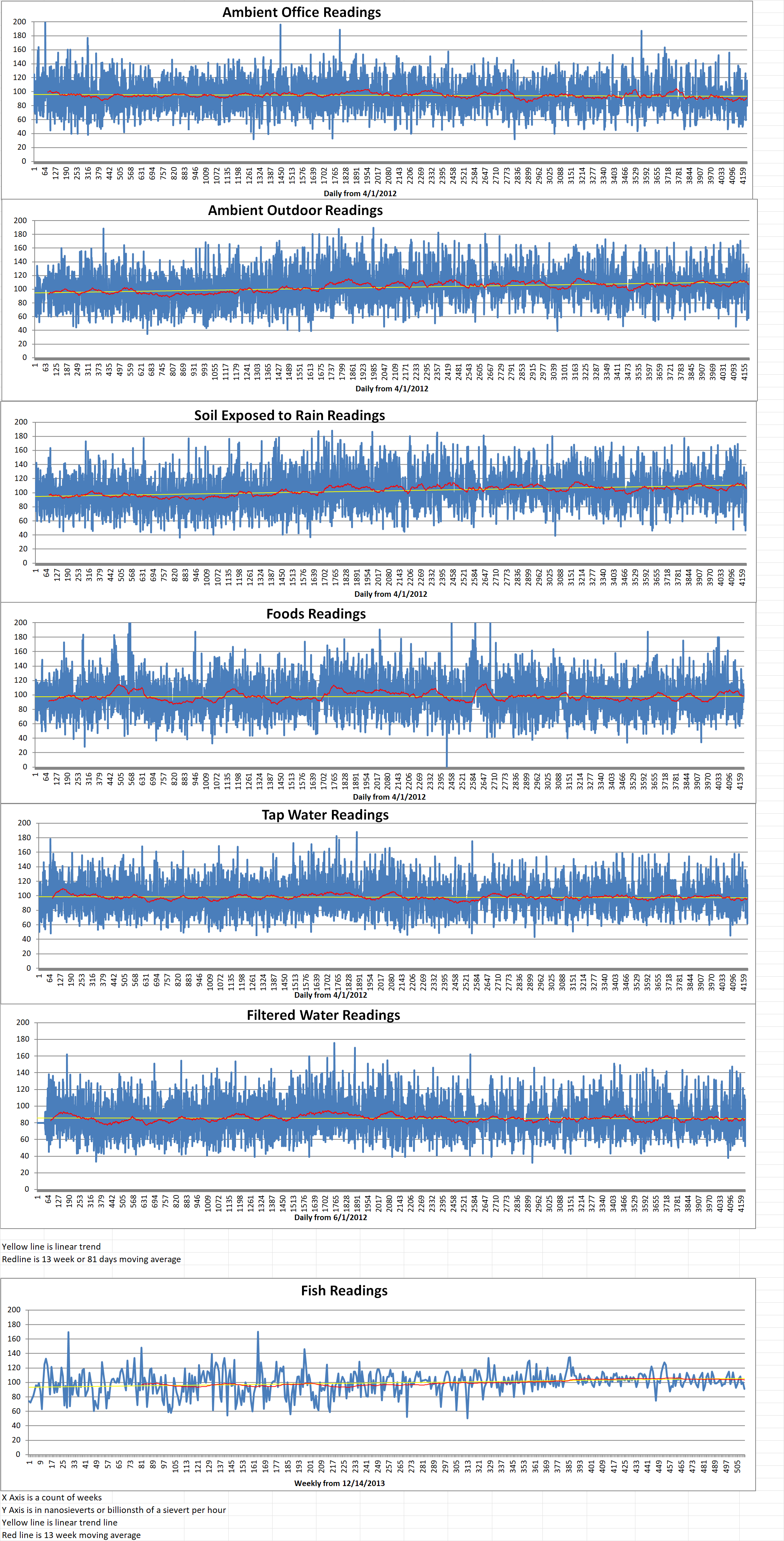
Geiger Readings for March 14, 2024
Ambient office = 116 nanosieverts per hour
Ambient outside = 86 nanosieverts per hour
Soil exposed to rain water = 87 nanosieverts per hour
Avocado from Central Market = 105 nanosieverts per hour
Tap water = 80 nanosieverts per hour
Filter water = 73 nanosieverts per hour
-
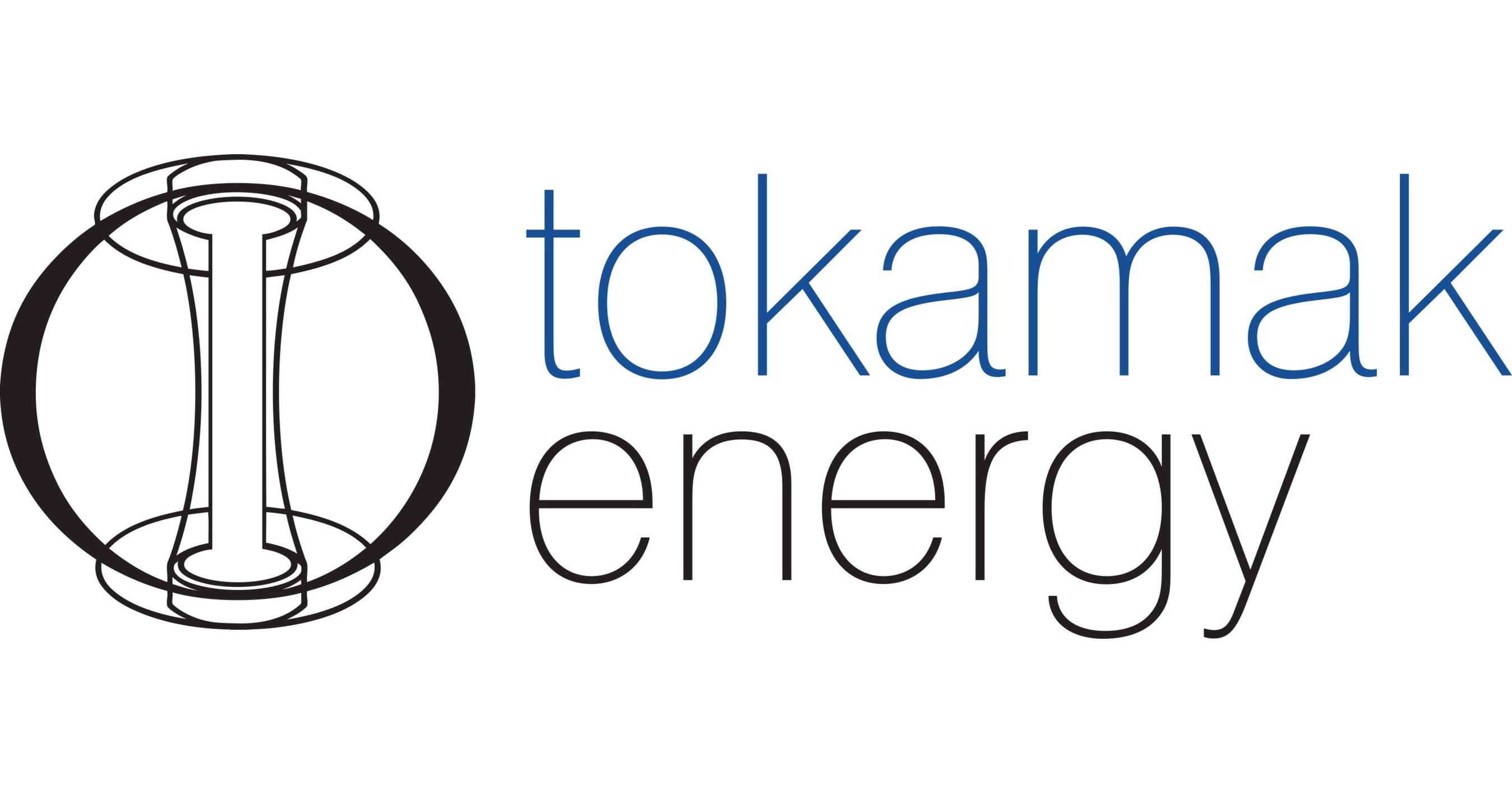
Nuclear Fusion 65 – Tokamak Energy Is Working On New System To Measure Plasma Density
Nuclear fusion is the process of generating energy by fusing two atomic nuclei to form a heavier one. It has long been advertised as the energy of the future. Referred to as the “power of the stars,” fusion energy offers clean, safe, and virtually limitless power.
Achieving fusion on Earth has been notoriously difficult given the challenges of confining the super-hot plasma. Tokamaks are one of the most promising ways to achieve controlled nuclear fusion. These devices utilize magnetic fields to confine hot plasma in the shape of a donut.
Oxford-based Tokamak Energy announced that it was developing new laser measurement technology. This new technology will transform future commercial fusion power plants and the delivery of clean energy to the grid by controlling extreme heat and pressure within the power plants.
Inside the donut-shaped vacuum chambers of tokamaks where fusion reactions occur, plasma temperatures rise to over one hundred million degrees Celsius. Stabilizing this extremely hot plasma is vital to maintaining fusion conditions.
Tokamak Energy’s new laser-based dispersion interferometer system will measure the density of the hydrogen isotopes within the plasma. The company is confident that this cutting-edge technology will help sustain fusion reactions and deliver reliable energy to the grid.
Dr. Tadas Pyragius is a plasma physist at Tokamak Energy said, “Measuring plasma density is key to our understanding and control of the fusion fuel and efficient future power plant operations. A laser beam fired through the plasma interacts with the electrons and tells us the density of the fuel.” Measuring the density is essential to sustain fusion conditions and deliver secure and reliable energy to the grid.
Pyragius added that “The extreme conditions created by the fusion process mean we need to perfect the laser-based diagnostics technology now to move forward on our mission of delivering clean, secure and affordable fusion energy in the 2030s.
Tokamak Energy is developing and testing the new laser-based dispersion interferometer system at its Oxford headquarters. In a press release, the company revealed that the interferometer system would be installed on its fusion machine ST40 later this year.
The ST40 recently broke records to become the first privately owned fusion reactor to achieve a plasma ion temperature of 100 million degrees Celsius. The ST40 also boasts the highest triple product achieved by a private company. The triple product is a measure that is dependent on plasma density, temperature, and confinement. These parameters are crucial for fusion viability on a commercial scale.
Following its record-breaking achievements in 2022, ST40 undertook a series of hardware upgrades. They include new power supplies and diagnostic systems. In 2923, the company shifted its focus towards refining plasma scenarios in a high-field spherical tokamak to better understand of the fusion process. Tokamak Energy also announce that it had commissioned a Thomson scattering laser diagnostic on their ST40 to provide detailed readings of plasma temperature and density.
The ST40 will only be back in operation following further upgrades and maintenance. Tokamak Energy remains hopeful of achieving commercial fusion energy delivery in the 2030s. -
Nuclear News Roundup March 13, 2024
Minuteman III test launch showcases readiness of U.S. nuclear force’s safe, effective deterrent dvidshub.net
Massa in iNews on Russian threats of nuclear weapons use alanticcouncil.org
Nuclear fusion will power superhuman AI, says ChatGPT boss uk.news.yahoo.com
Nuclear veterans seek tribunal to resolve legal claims over ‘withheld’ records uk.news.yahoo.com
-
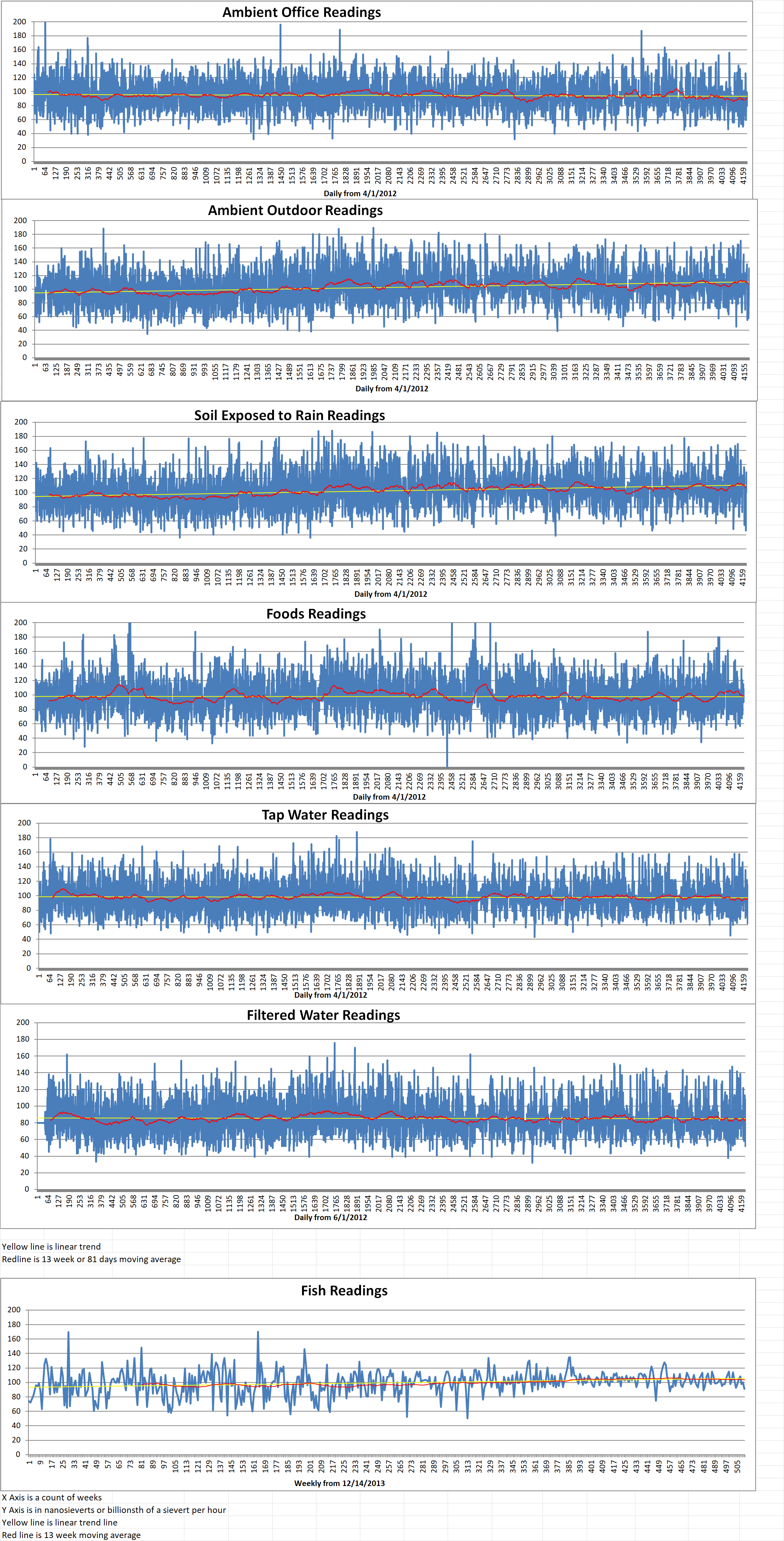
Geiger Readings for March 13, 2024
Ambient office = 83 nanosieverts per hour
Ambient outside = 130 nanosieverts per hour
Soil exposed to rain water = 129 nanosieverts per hour
Avocado from Central Market = 95 nanosieverts per hour
Tap water = 62 nanosieverts per hour
Filter water =52 nanosieverts per hour
-
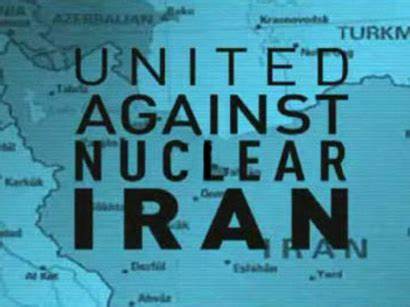
Nuclear Weapons 856 – International Community Concerned About Iranian Uranium Enrichment – Part 2 of 2 Parts
Part 2 of 2 Parts (Please read Part 1 first)
Kasra Aarabi added that, “The Biden administration’s refusal to impose direct consequences on Iran – despite its consistent acts of aggression since October 7, including an Islamic Revolutionary Guards Corps proxy attack that killed three US soldiers in Syria – has emboldened the Iranian regime and made supreme leader Ayatollah Khamenei and the IRGC believe the regime can escalate without facing any repercussions.”
Gen Michael Kurilla is the commander of U.S. Central Command. He warned that the U.S. armed services committee on Thursday that if Iran became a nuclear power, it would “change the Middle East forever”. He added, “The key to deterrence is for Tehran to understand that this behavior will have consequences for it,” clarifying that “the deterrence is temporary”.
There have long been concerns about Tehran’s answers to questions about nuclear material found at three Iranian facilities and the extent to which weapons inspectors can do their job in the country. Iranian answers have been deemed as not credible by the IAEA. The US is losing patience with what it describes as Iranian stonewalling.
Laura Holgate is the US envoy to the IAEA. She told the board last week, “After five years of only limited, last-minute cooperation by Iran; five years of failure by Iran to follow through on its commitments; and five years of unresolved questions related to the presence of nuclear material at undeclared locations in Iran, we cannot allow Iran’s current pattern of behavior to continue.”
Holgate has asked for a definitive comprehensive report from Grossi on Iran’s compliance before the next board meeting in June. At that meeting, the E3 group, consisting of Britain, France and Germany, will have to consider further sanctions via the UN.
The E3 were very blunt in their assessment of the situation. In a statement, they said, “Iran has continued enriching uranium far beyond what it committed to in the Joint Comprehensive Plan of Action (JCPoA), the 2015 international nuclear deal with Iran. Iran must now take serious and meaningful steps that show a genuine desire to de-escalate. Recent public statements made in Iran regarding its technical capabilities to produce nuclear weapons go in the opposite direction.”
Corinne Kitsell is the UK ambassador to the IAEA. She said, “After so many missed opportunities and lost time, the need for the board to hold Iran accountable to its legal obligations is long overdue.”
Iran insists it is willing to negotiate a new version of the JCPoA nuclear deal and talks in the background with the deputy foreign minister, Ali Bagheri, and his European counterparts continue.
At the same time, Iran is increasingly highlighting Israel’s semi-declared nuclear weapon program. Hossein Amirabdollahian is the Iranian foreign minister. He told a Geneva disarmament conference in February that the Israeli regime was “the real source of the proliferation of weapons of mass destruction” in the region. He added that “It is necessary that the entire nuclear arsenal of this regime be eliminated, and all of its nuclear facilities be placed under safeguards and verification mechanisms of the International Atomic Energy Agency.”
Kasra Aarabi, of United against Nuclear Iran, said, “The remainder of this year will be extremely volatile, not least as there is growing mood within the regime that the next 10 months may present the best opportunity to move towards weaponization prior to a potential new administration in White House.” -
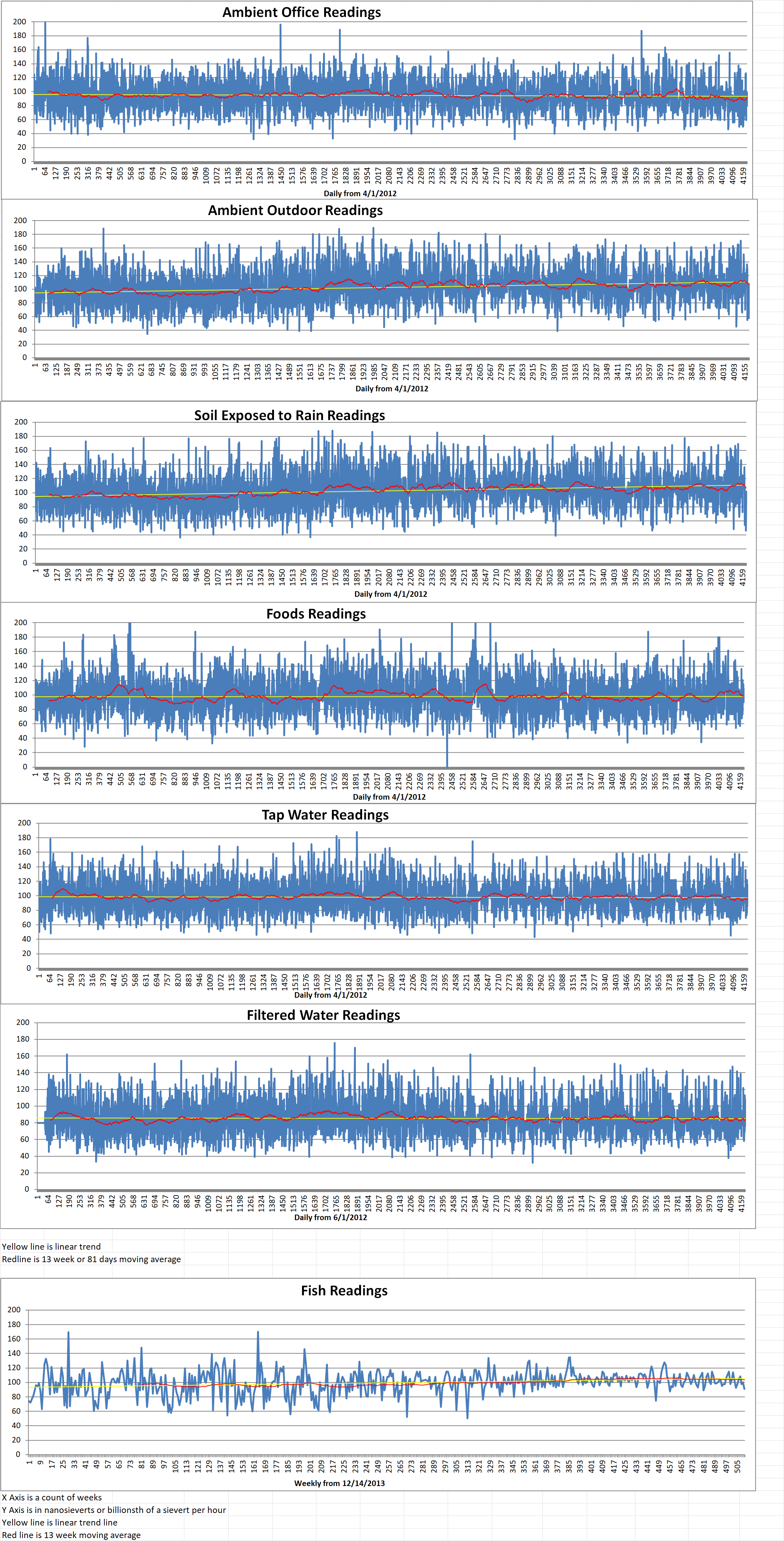
Geiger Readings for March 12, 2024
Ambient office = 80 nanosieverts per hour
Ambient outside = 108 nanosieverts per hour
Soil exposed to rain water = 102 nanosieverts per hour
Avocado from Central Market = 108 nanosieverts per hour
Tap water = 115 nanosieverts per hour
Filter water = 108 nanosieverts per hour
-

Nuclear Weapons 855 – International Community Concerned About Iranian Uranium Enrichment – Part 1 of 2 Parts
Part 1 of Part 2
There are growing fears among diplomats in the US and Europe that Iran’s largely unmonitored nuclear program and the destabilization caused by the Gaza conflict are strengthening the power of Iranian factions that back the development of nuclear weapons.
Ebrahim Raisi is the Iranian president. He has reiterated in recent days that his country is pursuing a civilian nuclear program for now.
Last week there was a quarterly meeting of the governing board of the nuclear inspectorate, the International Atomic Energy Agency (IAEA), the US and its European partners. The group issued dire warnings about the threat posed by Iran’s lack of cooperation on its nuclear program.
Rafael Grossi is the IAEA director. He admitted that that the inspectorate had lost “continuity of knowledge about the production and stock of centrifuges, rotors, heavy water and uranium ore concentrate” in Iran.
Mikhail Ulyanov is Russia’s envoy to the IAEA. He also warned that the situation was “full of danger and risks getting out of control”, though he placed the blame largely on the US walkout from the 2015 nuclear deal.
The warnings about Iran’s nuclear program came after the success of hardliners opposed to the 2015 deal constraining Iran’s program in last weekend’s parliamentary elections. The elections were highly managed and in Tehran especially were marked by a very low turnout. However, the Iranian parliament can nevertheless help frame domestic political debate.
The sense of urgency has increased because Iran is enriching uranium at such a high level (very close to the ninety precent regarded as weapons grade). In addition, in recent months senior Iranian figures have questioned Tehran’s commitment to a solely civilian nuclear program.
The regional geopolitical context in the Middle East includes fears of the Gaza conflict metastasizing into a wider Iran-Israel war. The 2015 nuclear deal expires in October next year, which will lead to the nuclear issue being removed from the UN security council agenda.
Kasra Aarabi is the director of IRGC research at United against Nuclear Iran (UANI). UANI is a bi-partisan, non-profit advocacy organization in the United States. Its stated objective is to “prevent Iran from fulfilling its ambition to become a regional super-power possessing nuclear weapons.” Along with other advocacy campaigns, the organization leads efforts to pressure companies to stop doing business with Iran as a means to halt the Iranian government’s nuclear program and its alleged development of nuclear weapons. In 2014, the United States Department of Justice intervened in a private lawsuit filed against UANI and requested its dismissal on the ground that the continued litigation of the case would jeopardize US national security. The government’s motion was granted by a federal judge in 2015, marking a rare expansion of the state secrets privilege into private civil litigation in which the government was not a party. The CEO of the UANI is Mark Wallace, who previously served as U.S. ambassador to the United Nations, representative for UN Management and Reform. Former United States Senator from Connecticut Joe Lieberman serves as the organization’s chairman.
Please read Part 2 next
